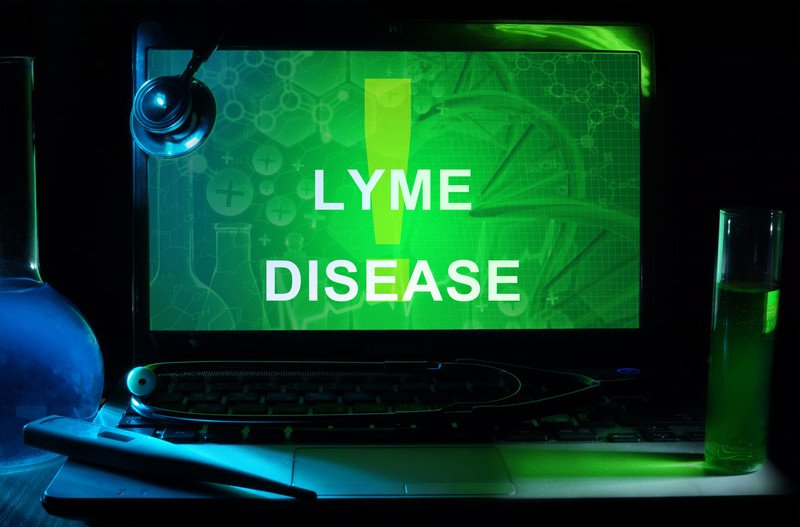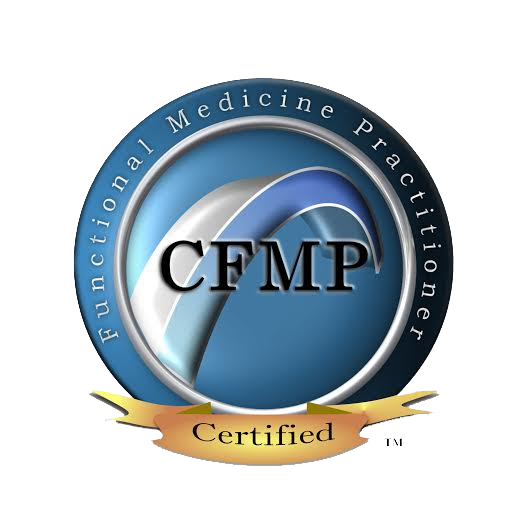
I could not believe my eyes when my wife’s Lyme test came back positive. I had been taught that Lyme disease is very rare in Arizona, only transmitted by ticks, and that a bulls eye rash would be seen with an infected bite. Like so many things I dig into, the truth is very different than the standard medical information. My wife got Lyme from an insect bite in Arizona, and never had the signature bulls eye rash.
The Lord works in mysterious ways. Because of my wife’s misfortune, I learned everything I could about Lyme and incorporated it with my functional medicine approach to her treatment. Today my wife continues to improve, living a very busy life. I would never have guessed how many of my patients I would diagnose with Lyme. I want to share with you the highlights of what I’ve learned.
A Little History of Lyme Disease
The name “Lyme Disease” comes from the town of Lyme, Connecticut, where this disease was first discovered in the 1970’s. The micro-organism that causes Lyme is called “Borrelia Burgdorferi,” named after Dr. Willy Burgdorfer who discovered it. Though it’s only recently been researched, there are records of the mysterious illness as far back as the 1800s in Europe.
Signs and Symptoms of Lyme
It’s called “The Great Imitator” because it produces the same symptoms as many other illnesses. The most common symptoms are ongoing:
- *Migratory joint pain
- *Migratory muscle pain
- *Migratory tingling, numbness and/or burning in the extremities
- Fatigue
- Stiffness of the neck and back
- Confusion, difficulty thinking
- Headaches
- Difficulties concentrating or reading
- Poor short term memory
- Difficulty with speech or writing
- Sleep disorders: too little or too much
*These symptoms are found in around 80% of the Lyme patients.
The five biggest signs are:
- More than one symptom
- Symptoms come and go (good day and bad days)
- Pain migrates around the body
- Women symptoms are worse right before, during and after their menstrual cycle.
- Symptoms often worsen or improve after antibiotic therapy
Frequently “The Great Imitator” is misdiagnosed as:
- Chronic Fatigue Syndrome
- Fibromyalgia
- MS
- Autoimmune disorders
- Dementia
- Psychiatric Conditions
There are many other symptoms as well. Dr. Richard Horowitz, an expert in Lyme, has put together a questionnaire that I use to screen my patients who present suspicious symptoms. You can download it HERE.
In some situations this questionnaire can be used to actually make the diagnosis of Lyme or a Lyme-like infection.
Testing for Lyme
Not only does this disease mimic many other conditions, but testing can be difficult. The problem is that the bacteria which causes Lyme, Borrelia Burgdorferi, can be very covert. Normally a spirochete shaped bacterium, it also has a cystic form, which is nearly invisible to all testing. Additionally, this bug can form a “biofilm” that walls it off from the body’s immune system and makes testing for it difficult.
Another challenge in testing is that we now know there are many other bugs that can cause Lyme-like illness. Some of these bugs accompany the Borrelia Burgdorferi infection and some occur separately.
The standard testing at labs like LabCorp, and Quest will miss most Lyme cases.
Laboratory tests require testing with different technologies, looking for both the DNA of Borrelia Burgdorferi and its co-infections and the body’s immune reaction to the bug. It is beyond the scope of this article to go into all the details here. Thankfully this science is continuing to advance. What’s important is that if you suspect Lyme, find a doctor who is up to speed on the latest testing and treatment.
Treatment For Lyme
The most common mistake I see in treatment is treating it like a routine infection, using antibiotics to try to kill it. Generally, patients who have been treated this way only get sicker over time, because Borrelia Burgdorferi, with its different forms, can protect itself when threatened. Antibiotic therapy (which to date I have not needed to use) can be used successfully BUT not alone.
The functional medicine approach treats the patient not just the infection. This is critical. There are many other factors that could need to be addressed before a person with Lyme can heal, things like:
- Heavy Metal Toxins
- Thyroid dysfunction
- Adrenal dysfunction
- Hormone imbalances
- Nutrient deficiency
- Intestinal dysfunction
- Toxic emotions
- Mold toxins
- Other viral infections
This is a list of some of the things that need to be considered. Ignore any of these other problems and it is likely that the patient will not get better, no matter what is done to kill off the bacteria.
I have never had the same two patients, and my treatment plans are always different, even with patients who have a Borrelia Burgdorferi infection. The key to successful treatment outcomes is giving each patient the treatment their own body needs. Getting the patient healthy often requires fixing multiple problems.
Hyperbaric Oxygen Therapy for Lyme
In addition to Functional Medicine, Hyperbaric Oxygen Therapy involves placing patients in a pressurized chamber and exposing them to oxygen. This process significantly increases oxygen levels in the bloodstream, saturating tissues and enhancing the body’s healing mechanisms. For individuals with Lyme Disease, HBOT offers several potential benefits.
Read more about Hyperbaric Oxygen Therapy for Lyme.
Genetic Factors with Lyme
Thanks to Dr. Ritchie Shoemaker, who is one of the leading experts in the diagnosis and treatment of illnesses related to mold, we now can test for genetic types that are extremely sensitive to the toxins made by Borrelia Burgdorferi and its relatives, as well as the toxins that come from mold.
It is not uncommon to have patients with Lyme disease who are also suffering from mold toxins. If a person has the wrong genetics it doesn’t take much mold to make them very sick. The common denominator is that the person’s body can’t remove these toxins.
This is a big deal when it comes to treatment. If a patient’s genetics make it very difficult for them to eliminate the toxins, the treatment MUST include helping the patient with that. Otherwise, even effective therapy for killing the Lyme bug will make the patient with bad genes very sick.
The Functional Medicine Approach
Lyme disease is a condition that the functional medicine approach is a great fit for. Getting patients well requires more than just killing bacteria. If you filled out the questionnaire above and you think you might be suffering from Lyme, I would love to help you. This disease is very personal for me. I’ve seen up close and personal just how debilitating chronic Lyme can be. Unfortunately this is one disease that standard medicine has a long way to go in understanding how to diagnose and treat. Most regular doctors will either fail to diagnose or misdiagnose most patients with Lyme disease. Because I tend to see patients who have already been to many doctors without getting well, I screen almost everyone for immune markers for Lyme. It still amazes me how often patients test positive.
Still, most patients I see do not have Lyme. Thanks to functional medicine I am able to help. It’s not unusual for my patients to have problems with multiple systems in their body. I commonly see patients with some sort of intestinal problem, hormone imbalance, and several nutritional deficiencies. When there are multiple systems in the body that are not working right, the symptoms are often very diverse. This is where a very comprehensive history and testing can unravel the most mysterious illnesses.
Watch my full video on LYME | A FUNCTIONAL MEDICINE APPROACH.
Get Started Today!
If you would like help, it’s easy to get started whether you live nearby or far away. THIS page will explain how to get started. Also visit our FAQ page HERE to get your questions answered.



